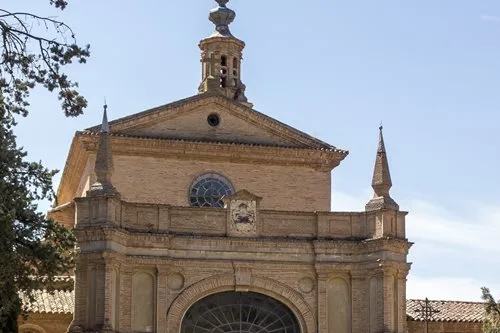
Cookie settings
We use our own and third-party cookies in order to offer our services, display videos, obtain statistics and offer personalized advertising.
For more information, please read our cookies policy.

The medieval Zaragoza becomes a splendid city in the Modern Times. It is the capital of the Kingdom of Aragon, and therefore, the residence of its Kings, the Catholic kings. Later, the kingdoms of Castile and Aragon are joined, although, during a long time they will keep separated their institutions and their own privileges. In the XVII and XVIII Centuries, the general crisis contrasts with a rich artistic and intellectual program.
In 1610, the expulsion of the Spanish Moors from all the Kingdoms and States of the Spanish Crown by Felipe III takes place. This fact affects the Kingdom of Aragon with almost 70,000 exiled people.
In the Politic field, it suffers the consequences of the Absolutism which finishes with the beheading of the Justicia Mayor of Aragon, Juan V de Lanuza, under the reign of Felipe II; but the decadence of the central power of Aragon will be major until 1711 with the Nueva Planta Decrees.
The demographic growth and the urban expansion that take place in the next years, is favoured by the Economic expansion and the immigration that will continue until the XVII Century.
In the XVIII Century, the Sociedad Económica de Amigos del País de Zaragoza makes a series of projects of re- hurling of the Economy of Zaragoza, a result of the Enlightened influences of renewal. The demographic growth of the city drives it to reach more than 40.000 inhabitants during Fernando VII´ s Reign, this trend will increase during the next years thanks to the industrialization, that will transform Zaragoza into a focus of attraction for the inland emigration.
Address and telephone
Opening times
Prices
If you see any mistakes or want to add anything to this information, please contact us.




Book your hotel